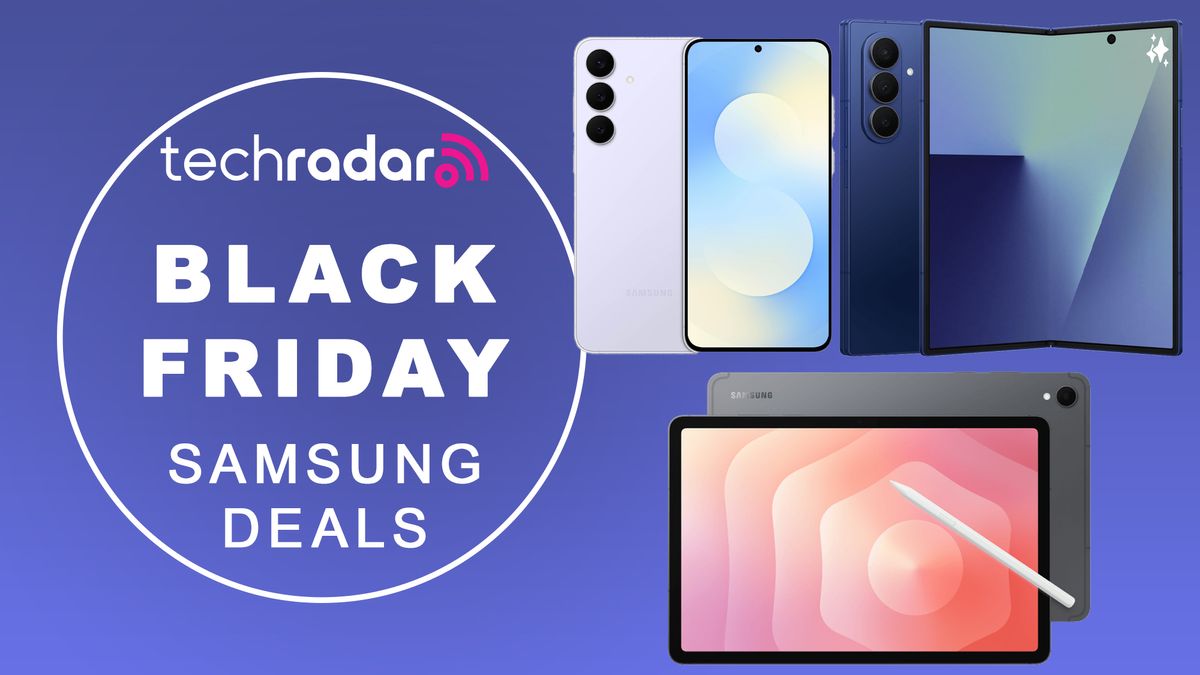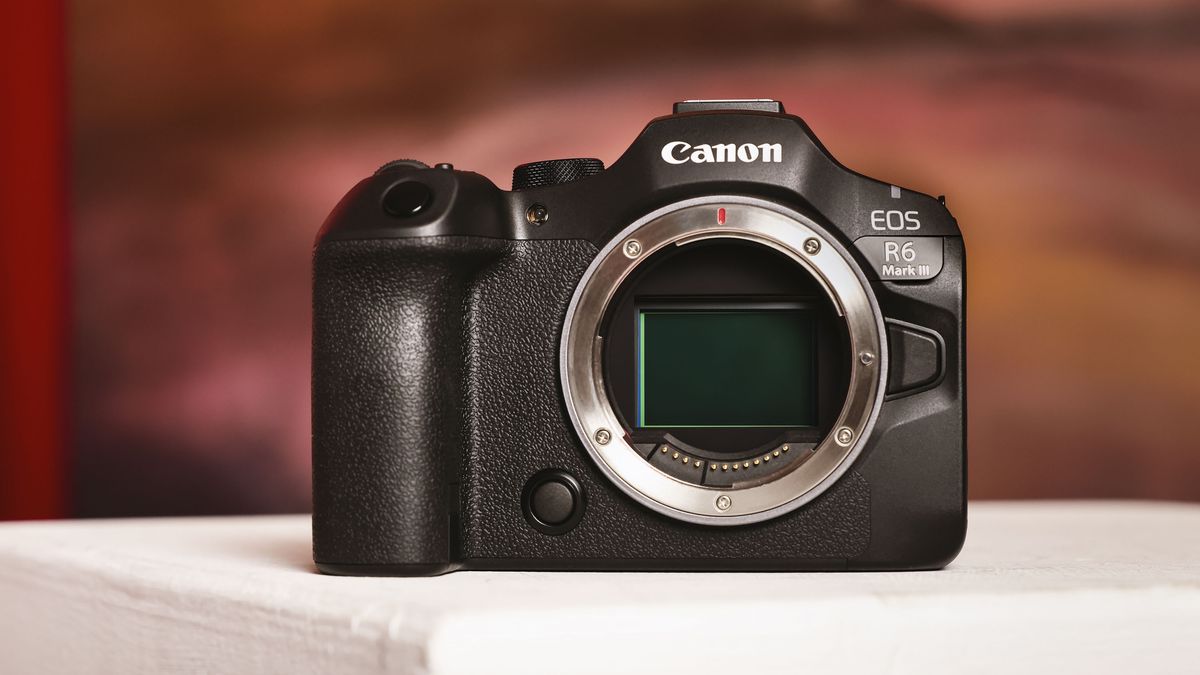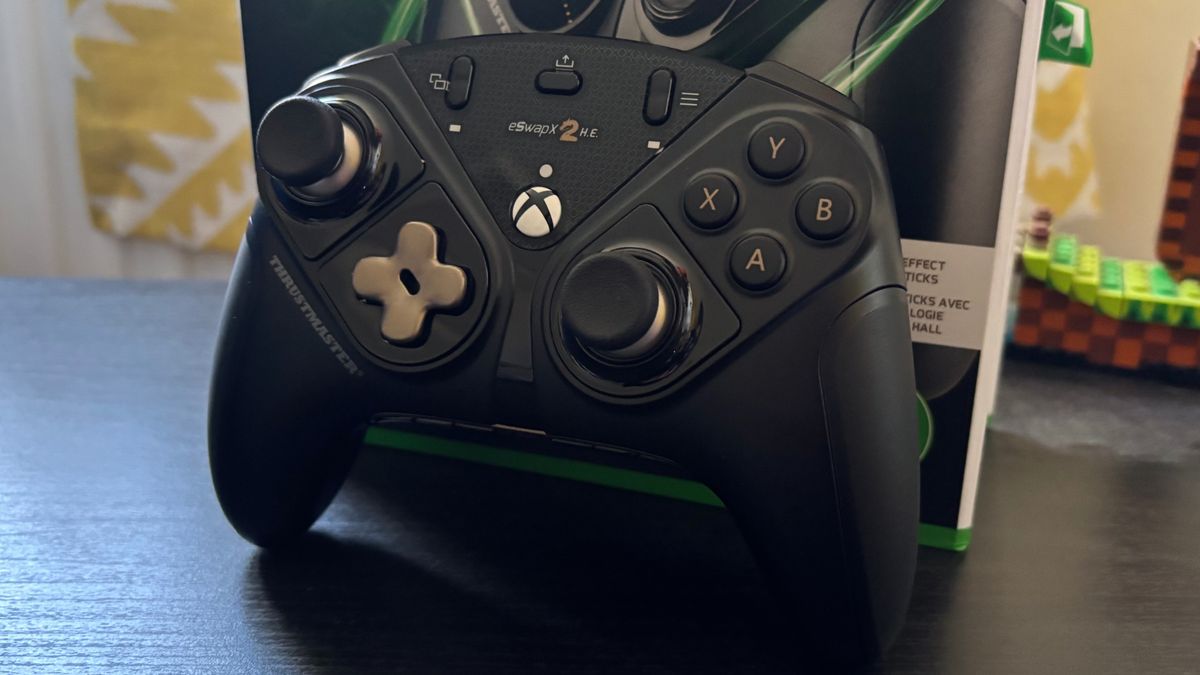You can't blame the first prophecy of the "Year of the Linux desktop" on me. No, I've certainly been a true believer, but the credit -- or blame, if you must -- goes to Dirk Hohndel, Linux kernel developer and Verizon's senior director of the Open Source Program Office.
Hohndel confessed that "in 1999 he was the first to predict the 'Year of the Linux desktop.' Predictions are hard," he continued wryly, "especially about the future. But if I changed it from the year of Linux desktop and changed it to a decade and a half from now, client computing will be mostly Linux, which has happened."
Also: I found an independent Linux distro that's easy to install - and comes with everything I need
Now, the year of the Linux desktop is finally happening. Yes, really.
As I've pointed out, if you say Linux is the top-end user operating system, you can make a good case for it. Do you have an Android phone? Congrats, you're a Linux user. Chromebook? Ditto. Does your work depend on Google Docs? Guess what it runs on? Yes, that's right, Linux.
Numbers don't lie
Recently, however, I was looking for web search engine popularity numbers. The usual sites people use for these numbers, such as Statcounter, as Ed Bott recently pointed out, have real problems. So, I went to the most reliable source I know of, the US federal government's Digital Analytics Program (DAP).
This site gives a running count of US government website visits and an analysis. On average, there are 1.6 billion sessions in the last 30 days, with millions of users daily. In short, DAP gives a detailed view of what people use without massaging the data.
According to the source data, in 2025, Linux users made up 5.4% of visitors. That proportion is way above any other legitimate numbers I've ever seen.
Also: My Linux predictions for 2025: It's going to be a good year
Yeah, I know, 5.4% may not sound like much. But, if you add in Android (17.6%) and Chromebooks (2.1%), you're talking about 25.1% of visitors, which puts it above MacOS (10.1%), Windows 10 (14.1%), and Windows 11 (16.2%), which is downright impressive.
Let's look at it another way. All Windows users combined, which included a smidgen of people still using Windows 8.1 and 0.3% using Windows 7, come to 31.7%. So, yes, to no one's surprise, Windows is the top desktop operating system.
Also: I found a minimal Linux distro that's fast and efficient for all experience levels
But, if we look at all operating systems, you'll see that Apple iOS is the top operating system with 33.1%. Indeed, as anyone who does web traffic analysis can tell you, just as many people use mobile operating systems (49.1%) these days as desktop operating systems (49.3%). In 2024, there were more smartphone users (53.2%) than desktop users (45.1%).
When Linux users talk about the Linux desktop, most of them, like their Windows counterparts, are talking about just the desktop. Mobile phone users are primarily users, whereas desktop users of any operating system are workers and creators. It's a different world.
This Linux desktop's numbers don't appear to be a statistical anomaly. In 2024, the Linux desktop reached 4.5% of all end-user operating systems, or about 9% if you only look at desktops. While Statcounter isn't the most reliable source, it also shows the Linux desktop slowly growing in popularity. In 2025, Linux is up to 4.27%, which is higher than last year at about the same time.
Also: How to clear cache and temp files in Linux to speed up your system fast
So, why has Linux been gaining in popularity? Well, I'll give credit to all the usual reasons I recommend Linux to people. Let's dig in.
1. Windows isn't Microsoft's priority
Microsoft's profits these days come from its Azure cloud and software-as-a-service offerings, particularly Microsoft 365. The company doesn't want you to buy Windows; it wants you to subscribe to Windows 365 Cloud PC.
By the way, you can run Windows 365 Cloud PC on Macs, Chromebooks, Android tablets, iPads, and, of course, Linux desktops. Or, if the folks from Redmond can't talk you into a full desktop-as-a-service, they'll be more than happy to lease you Microsoft 365 with AI for more money.
Also: Why this Linux distro is my new favorite Windows replacement
A related issue is that there are soon going to be a lot of Windows 10 PCs that won't be able to run Windows 11. With the clock ticking on Windows 10, many people are looking at alternatives to buying new Windows machines. After all, while no one can predict what is happening with tariffs anymore, according to a report by Trade Partnership Worldwide (TPW), published by the Consumer Technology Association (CTA), you can expect laptop prices to go up by 34%.
Many people are giving their old computers new life with ChromeOS Flex, a Linux variant, or trying to shoehorn Windows 11 on theoretically incompatible Windows 10 machines. Others are putting a desktop Linux distro on their PCs. If you go this route, I recommend Linux Mint for out-of-date Windows 10 PCs. It's what I use.
2. Linux gaming is viable now
Gaming has never been Linux's best point, but thanks to Steam, Linux is now a real gaming platform. While Linux remains a niche player in the broader PC gaming market, its share is higher than ever, and it's slowly growing.
3. Linux is not hard to use
Yeah, I know what you've heard. Sure, Linux was harder to use a decade ago, but, spoiler alert, we're not in 2015 anymore. If you want to be a Linux power user, Linux will challenge you. But if all you want to do is work and play, many Linux distributions are suitable for beginners, and some of them, such as SDesk, look and feel an awful lot like Windows.
Also: My 5 go-to Linux commands for troubleshooting - and how I use them
Besides, 13 years ago, I taught my mother-in-law, who was then 79, how to use the Linux desktop, and we didn't even share a common language. If she could learn Linux, so can you.
4. Installing Linux desktop software is easy
While some Linux purists dislike containerized application installation programs, such as Flatpak, Snap, and AppImage, developers love them. These programs make it simple to write applications for Linux that don't need to be tuned just right for all the numerous Linux distributions. For users, that means they get more programs to choose from and don't need to worry about finicky installation details.
These days, if you can install an app on your phone from an app store, you can install programs on Linux. It's that easy.
5. Linux is much safer than Windows
It's not even close. Sure, Linux isn't perfectly safe. Nothing is. But you're not taking your PC's life in your hands if you don't have the latest updates. You also don't need to use anti-virus software on Linux. You'd be an idiot to run Windows without at least Microsoft Defender. Let me put it to you this way: Linux doesn't have, or need, a monthly Patch Tuesday to fix the latest zero-day security holes.
Mind you, the Linux desktop still has its problems. To quote Linus Torvalds, the man, the legend, and Tux the penguin's dad, "fragmentation of the different vendors has held the desktop back." With over 270 current Linux desktop distros, choosing the right one can be a real pain. And let's not forget that even Canonical, Ubuntu Linux's parent company, doesn't make the Linux desktop its priority.
Also: The first 5 Linux commands every new user should learn
Still, as people have been figuring it out, if you stick with one of the major distributions that I, and my brother-in-Linux, Jack Wallen, recommend, you'll do just fine.
So, enough with the waiting. Join the Linux desktop surge. I think you'll be glad you did. Hey, maybe there really will be an honest-to-goodness year of the Linux desktop if you join in.
Get the morning's top stories in your inbox each day with our Tech Today newsletter.

 5 months ago
68
5 months ago
68









 English (US) ·
English (US) ·